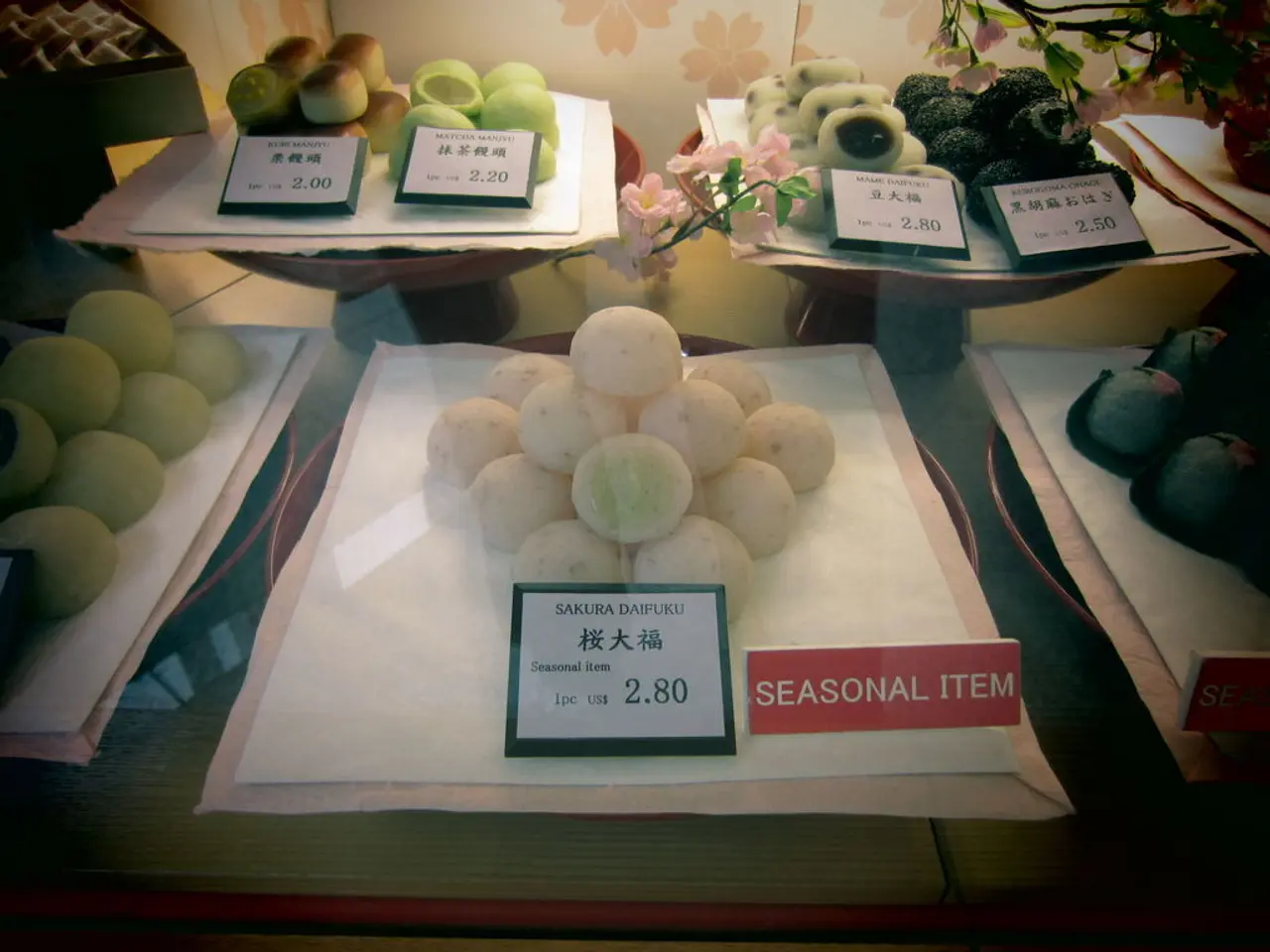Price Elasticity of Demand: Formulation, Computation, Classifications, Significance
In the realm of economics, understanding the own-price elasticity of demand is crucial for businesses to set prices effectively. This elasticity measures the responsiveness of demand to changes in the price of a product.
The own-price elasticity of demand is calculated by dividing the percentage change in the quantity demanded of a product by the percentage change in its price. In mathematical terms, if we denote the initial price and quantity demanded as P0 and Q0 respectively, and b as the coefficient of the demand function, the formula is:
Or, to calculate the elasticity, you can use the formula:
Several factors influence the own-price elasticity of demand.
Firstly, the availability of substitutes plays a significant role. When many close substitutes exist, demand tends to be more elastic since consumers can easily switch if the price rises. On the other hand, when there are few substitutes, demand tends to be relatively inelastic.
Secondly, the nature of the product—whether it is a necessity or a luxury—also affects elasticity. Essential, necessary goods generally have inelastic demand because consumers need them regardless of price, while luxury goods are more elastic since purchases can be postponed or foregone.
Thirdly, the percentage of income spent on a product is another crucial factor. Products representing a higher share of a consumer’s budget tend to have more elastic demand because price changes make a bigger impact on purchasing decisions.
Fourthly, brand loyalty reduces elasticity since loyal customers are less sensitive to price changes and less willing to switch brands.
Fifthly, demand can be more inelastic if the buyer is not the one paying, as personal cost sensitivity is reduced.
Lastly, market competition also impacts elasticity. Less competition often leads to more inelastic demand due to fewer alternatives.
Other factors such as consumer income changes (income elasticity), market segmentation, and economic environment also indirectly affect demand elasticity by influencing consumers’ responsiveness to price changes.
It's important to note that demand tends to be more elastic over time, especially in the long run. In the short term, demand may be relatively inelastic. The Y-axis in a demand curve represents prices, while the X-axis represents the quantity demanded. When demand is elastic, a slight change in price causes a more significant change to the quantity demanded.
In addition to own-price elasticity, there is also cross-price elasticity of demand, which uses the price of related products, which can be a substitute or complementary.
The slope of a demand curve can be calculated using the formula ∆P / ∆Q = (1/b), where b is the coefficient of the demand function. This slope represents the change in price per unit change in the quantity demanded, providing valuable insights into the demand curve's behaviour.
Knowing the elasticity of demand helps companies to set prices, as raising prices does not always increase company revenue. By understanding how price changes affect demand, businesses can make informed decisions to maximise their profits.
Read also:
- President von der Leyen's address at the Fourth Renewable Hydrogen Summit, delivered remotely
- Unveiling Innovation in Propulsion: A Deep Dive into the Advantages and Obstacles of Magnetic Engines
- Intensified farm machinery emissions posing challenges to China's net-zero targets
- EU Fuel Ban Alerts Mercedes Boss of Potential Crisis




